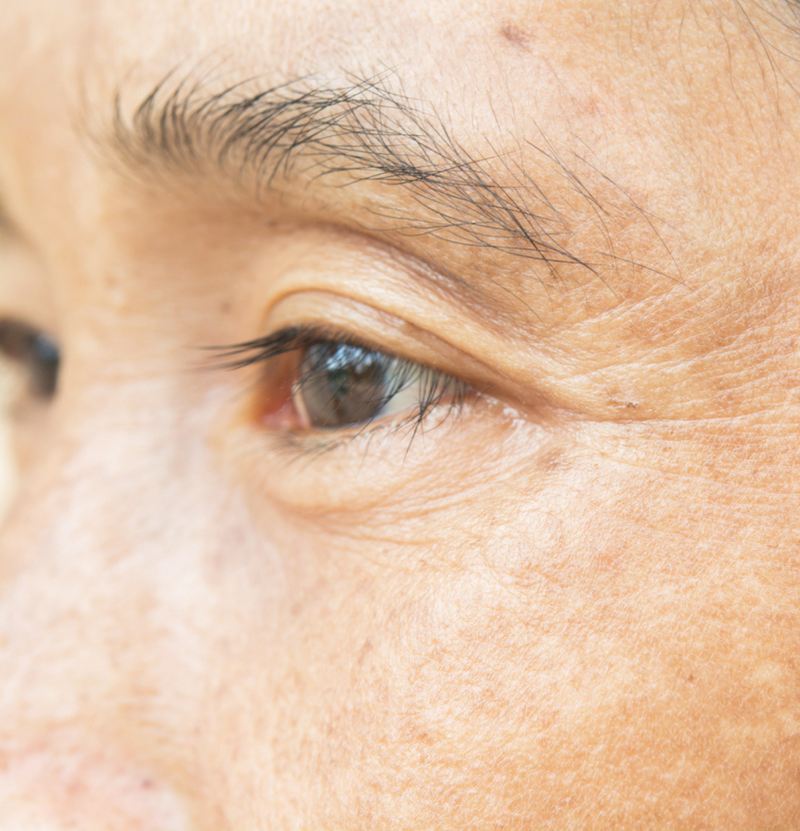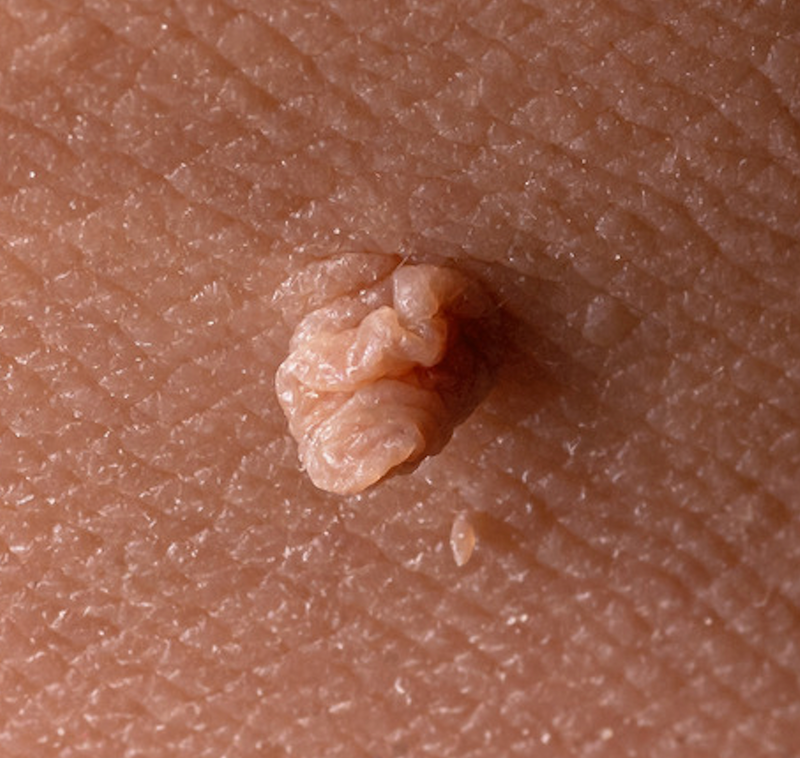Hyperpigmentation occurs when excess melanin, the brown pigment that produces normal skin color, accumulates abnormally in the skin. This can result in patches of skin that are darker than your normal complexion. The two most common forms of hyperpigmentation are post-inflammatory hyperpigmentation and melasma.

How Can You Treat Hyperpigmentation?
First, Treat the Underlying Cause: If you have post-inflammatory hyperpigmentation (PIH), dark marks that occur when acne resolves, then you must treat the underlying acne first. Preventing and treating acne is a better long term strategy than trying to treat the pigmentation after it forms.
Sun Protection: Sun protection is critical for preventing and treating hyperpigmentation. Use a broad-spectrum sunscreen with at least an SPF of 30 every single day. Tinted sunscreens that contain iron oxides have additional benefit in treating hyperpigmentation.
Proven Treatments: There are several topical ingredients, oral medications, in-office procedures that have been proven to treat hyperpigmentation. I've put together a dark spot cheat sheet on the different categories of treatments that you can download here. By downloading, we will be able to send you updates as new / better products become available!
Simple Hyperpigmentation Routine:
| Cleanse |
|
| Treat |
|
| Protect |
|
When Should You See a Dermatologist?
If you’re not responding to skincare products available without prescription, it’s worth seeing a dermatologist. Seek medical advice if you notice rapid changes in size, shape, or color of any dark spots, as this could indicate a more serious condition like melanoma.







